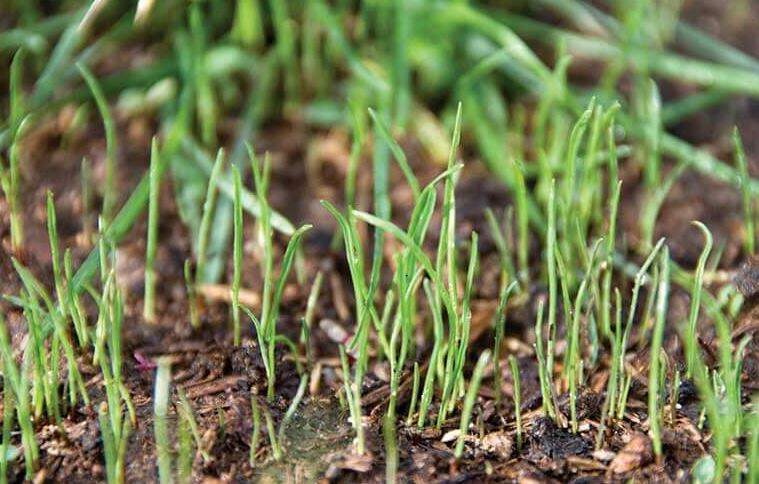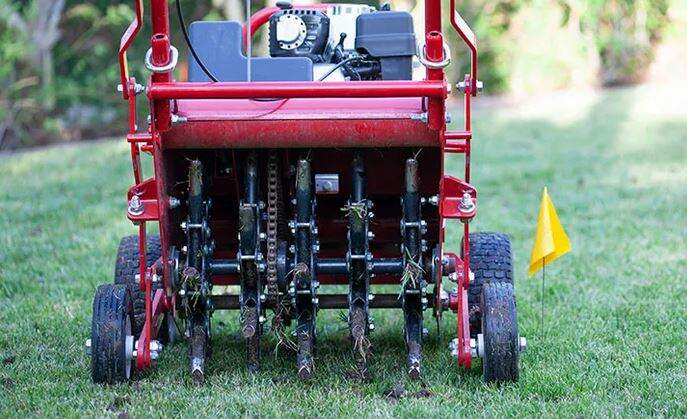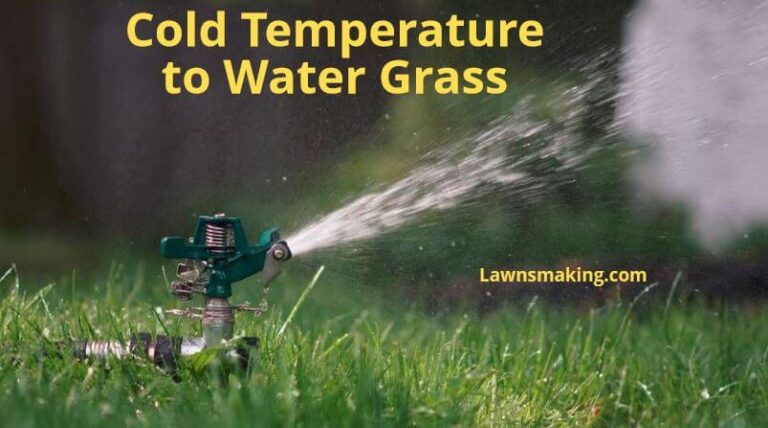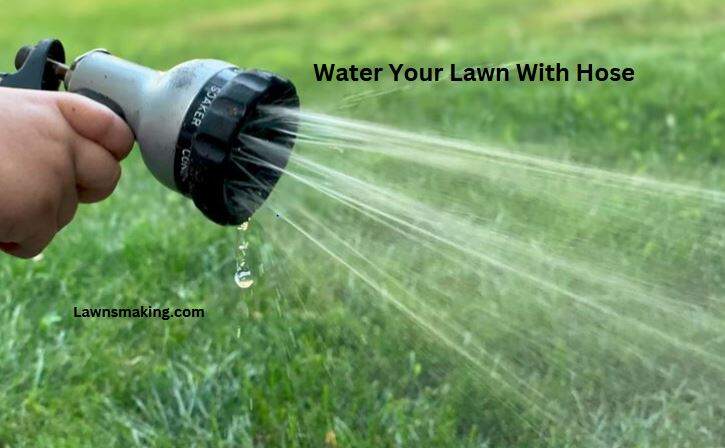
Do you want to cultivate grass but wonder whether grass seed will grow if just thrown on the ground? Do you understand what it takes to develop a high-quality grass cover? No worries; we have all the answers for you.
Grass seeds will grow if thrown on the ground, but the lawn’s quality will be compromised in the long run. Achieving a thick and healthy grass cover requires intentional planting and lawn care. Tossing grass seeds onto the ground is, generally, a waste of time and resources.
I have all the essential information regarding planting grass seeds in this fashion. Read on to learn its effects and how to increase your chances of achieving a high-quality grass cover.
The Negative Effects of Throwing Grass Seeds on the Ground
“Will grass seeds grow if just thrown on the ground?” is a question from many homeowners.
The short answer is yes. However, it’s not the best method of establishing a verdant grass carpet.
The chances of scattering grass seeds casually on the ground and watching them transform into a vibrant, healthy, lush green lawn are next to none.
Why? You may wonder.
This seed-sowing method interferes with the speed and success of seed germination.
While some seeds may take root, most seeds will likely get eaten by birds and small rodents.
Surface run-off and wind can carry away the seeds, or they may dry and die off under the baking sun.
If the soil is compact, the seeds will struggle to establish roots, which may not penetrate deep into the soil, resulting in weak grass.
Additionally, this planting method results in irregular growth patterns. You’ll be left with a patchy, uneven lawn coverage that will take longer to grow.
Learning how to plant grass seeds correctly is therefore essential for any gardener. The process may take more time and effort, but the outcome will be more rewarding than throwing grass seeds on the ground.
Find Out: What Height Should Grass Be Cut in Summer?
How to Plant Grass Seeds Correctly
Whether planting a new lawn or overseeding a patchy lawn, here is how to plant grass seeds properly.
1. Conduct a Soil Test
You’ll want to check your soil’s pH first, especially if planting a new lawn. Too acidic or alkaline soils harm plants’ health and growth.
A soil test helps to determine a soil’s pH.
Many turf grass species perform best in soils with a pH between 6.0 and 7.0. You’ll want to treat your soil with lime if its pH isn’t ideal.
2. Aerate Your Lawn

Lawn aeration helps break up and loosen compacted soil, enabling the penetration of water, oxygen, and nutrients.
It supports the development of strong and deep roots. It also eases the absorption of water and nutrients by roots.
Simply put, lawn aeration is a crucial step. It ensures the grass seeds have the best chance of germinating by providing optimal seed-to-soil contact.
This means the seeds will land inside the soil spaces instead of sitting on top as they would if you were just to throw them on the ground.
If you’re sowing patches of your lawn, spiking the soil with a hoe or garden fork is good enough. However, you’ll want to utilize spike aerators or mechanical plugs when aerating a large-scale lawn.
3. Seed the Lawn
After aerating the lawn, it’s time to plant the seeds!
Sprinkle the seeds evenly on the ground and cover them with about ¼ inch of soil. You can do this manually or with the help of a grass spreader or seeder, depending on the size of the area.
It’s worth noting that the quality of grass seed you choose plays a significant role in the success of your lawn. Always go for high-quality seeds to achieve the best results.
You’ll also want to plant various grass species instead of a single variety. This way, your lawn will flourish throughout the year.
Choose a mix that suits your climate and soil conditions.
4. Maintain Your Lawn
You’ll want to apply starter fertilizer immediately after sowing the seeds to help them germinate.
Giving your lawn a proper soak is also vital.
Ensure you regularly water your grass seeds to help them establish in the soil. But don’t overdo it, as excess water will damage the root system, compromising the health of the grass.
It’s best to always check for soil moisture before adding more water.
Water your lawn when necessary once the grass has taken root. You can do this once every week in colder climates and more often in hotter climates.
Besides watering, you’ll need to mow your lawn regularly.
See that you’re not cutting the grass too low, as it’s detrimental to the lawn. A single cut should be at most one-third of the grass’s height.
Final Words
The question, “Will grass seeds grow when just thrown on the ground?” is as old as the seeding practice.
As you’ve seen, this seed-sowing approach is less practical than you might have thought.
To establish a luscious lawn, be more intentional during ground preparation, seed-sowing, and post-planting lawn care.





